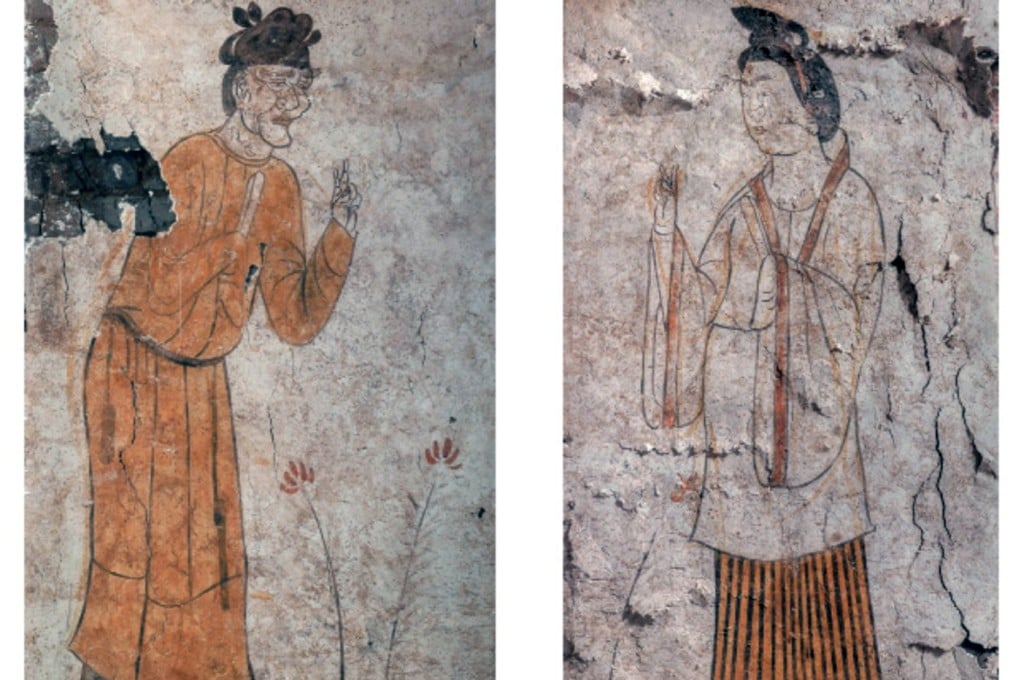Chinese tomb reveals ancient staple taste for cannabis: study
- The accidental discovery of a Tang dynasty soldier’s resting place unearthed signs of the plant as an important food crop, researchers say
- The presence of seeds also pointed to cannabis as more than a source of nutrition

Cannabis was a staple part of the diet in the ancient Chinese Tang dynasty (618-907), according to a new archaeological study in central China.
It is widely known that ancient Chinese cultivated and also consumed cannabis seeds in a kind of porridge. Many Chinese historical texts suggested that the plant was an important source of food, but archaeological evidence supporting the written accounts was scant.
The discovery confirmed that in a period when the Chinese civilisation reached its peak, cannabis was a source of not only mental stimulus, clothing and medicine, but also nutrition, according to the researchers.
The discovery was made during works at a primary school playground in Taiyuan, Shanxi province, in 2019, when construction workers unearthed a tomb.
For 1,320 years, the tomb was not disturbed, with wall paintings and artefacts almost perfectly preserved in the unusually dry chamber.
In one of the jars holding staple food, the researchers found remnants of cannabis, with some seeds still showing their original colour.